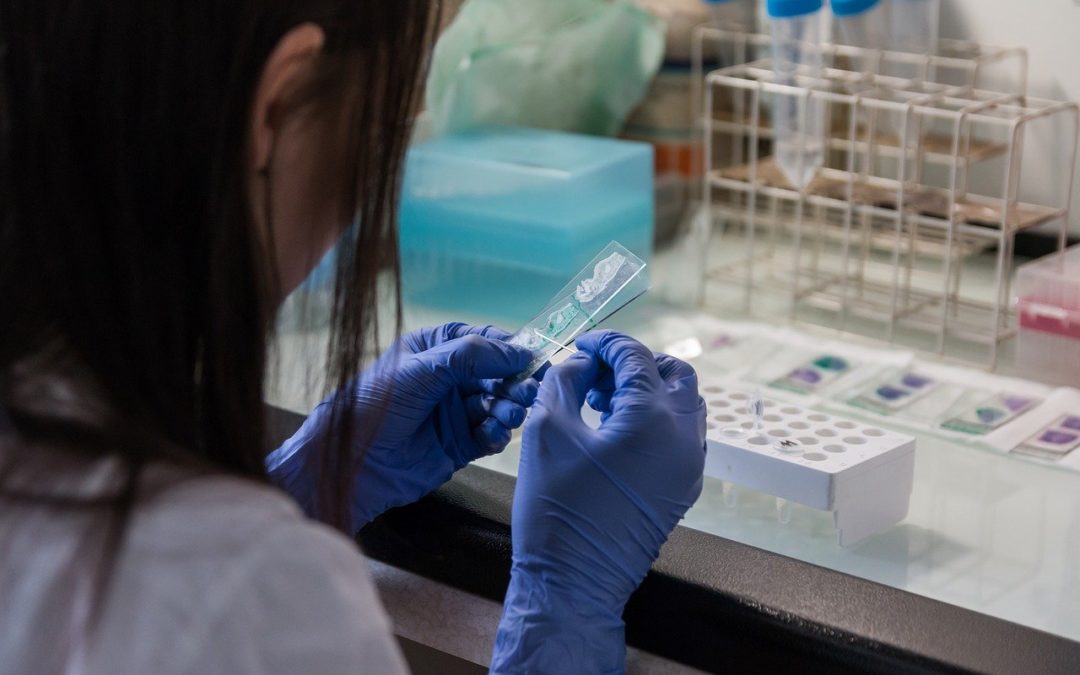For some time now, natural hydrolysates have been increasingly used in cosmetics, nutraceuticals and veterinary medicine. Proteins, in fact, are essential molecules for our organism and for that of animals.
Within the body, proteins can perform structural, contractile, mechanical, transport, regulatory, hormonal functions and also participate in the immune defense. In most physiological processes, however, proteins cannot be accumulated and, therefore, a continuous introduction is necessary through a rich, varied and balanced diet.
The function of proteins that are introduced with food (legumes, meat, fish, dairy products, eggs, dried fruit and seeds) is, instead, to provide the essential amino acids that cannot be synthesized by the body.
Once they enter the body, the proteins must be hydrolyzed, which means to be broken down into shorter amino acid chain peptides, and digested so that they can be directly absorbed by humans or with the help of digestive enzymes produced by our commensal microorganisms, which live in the intestine.
What is the advantage if protein hydrolysates are introduced with the diet?
The answer, given the premises, comes naturally. Since both humans and animals have to hydrolyse proteins in order to digest them, protein hydrolysates can be better assimilated in the diet. In addition, hydrolysates can be taken in case of allergies, because the body does not recognise the proteins contained in the food as an allergen.
Natural hydrolysates for animals
Industrial food for veterinary use, if it is of good quality, can make a valuable contribution to the animal’s health. Hydrolysed proteins can be found in almost all veterinary foods, but especially in cat and dog nutrients with food intolerances. Natural hydrolysates are, therefore, very useful for the needs of allergic animals and, more generally, to allow faster and easier absorption of amino acids by the organism.
High-quality natural hydrolysates
It is not enough to introduce just a hydrolysate into the human, animal or vegetable diet, the hydrolysate must be obtained by controlled hydrolysis processes with high quality standards. If the quality of the pet food is not high, the objective for which it was designed is not achieved.
This is where Bict comes in, offering veterinary companies (but not only) the possibility to obtain hydrolysed proteins according to sustainable and competitive processes, developed by a team of experts. This is possible thanks to the automation of processes that not only allows to halve production times, but also to practically eliminate the possibility of human error, offering quality products in a short time and meeting the needs of our customers.
Sources:
- https://www.sciencedirect.com/topics/agricultural-and-biological-sciences/hydrolyzed-protein
- Hou Y et al., Protein hydrolysates in animal nutrition: Industrial production, bioactive peptides, and functional significance. J Anim Sci Biotechnol; 2017; doi:10.1186/s40104-017-0153-9

